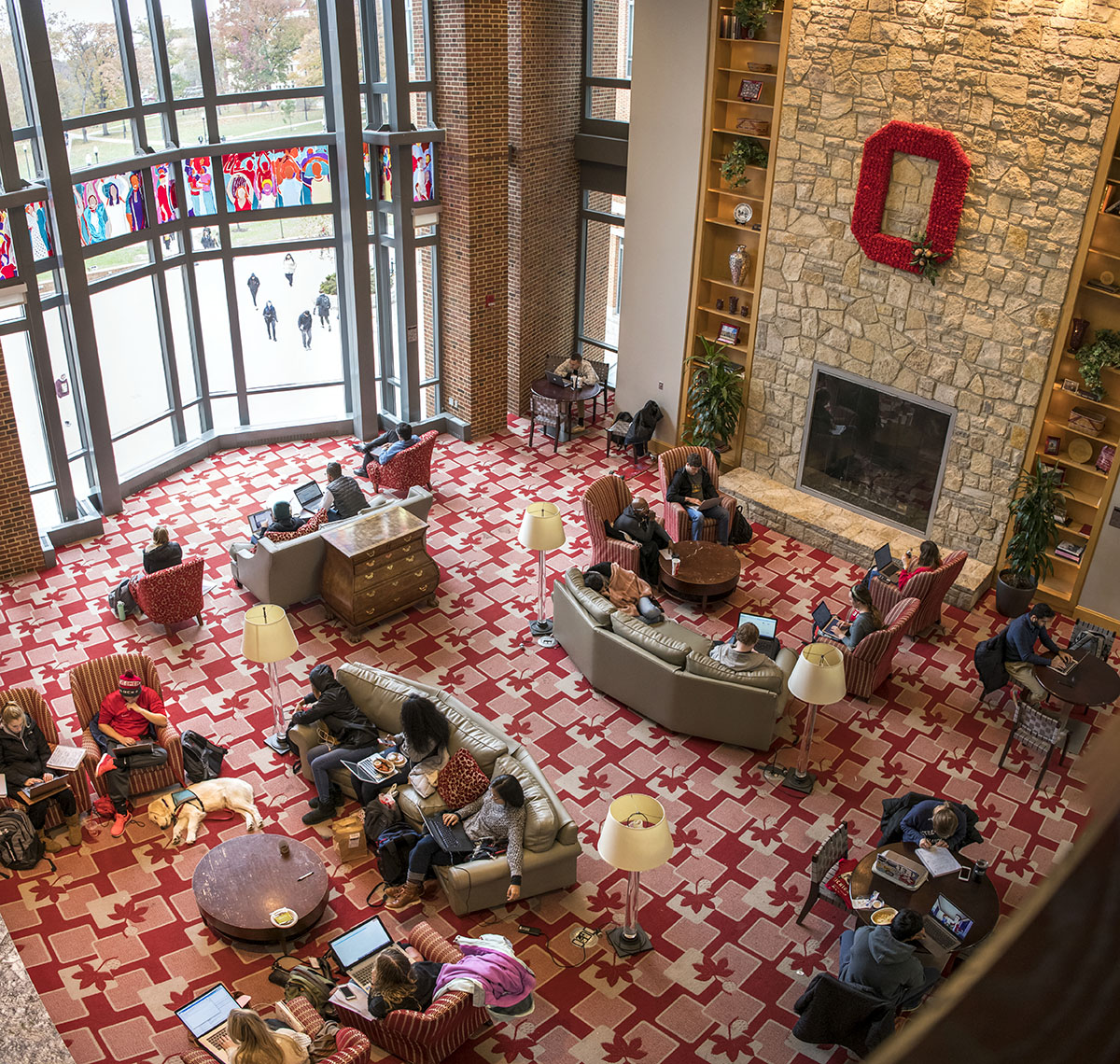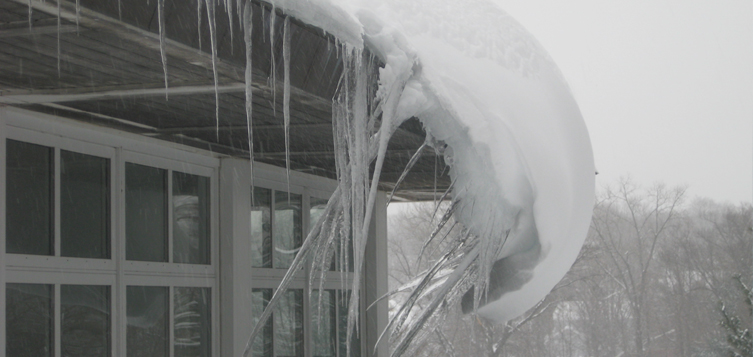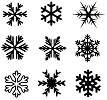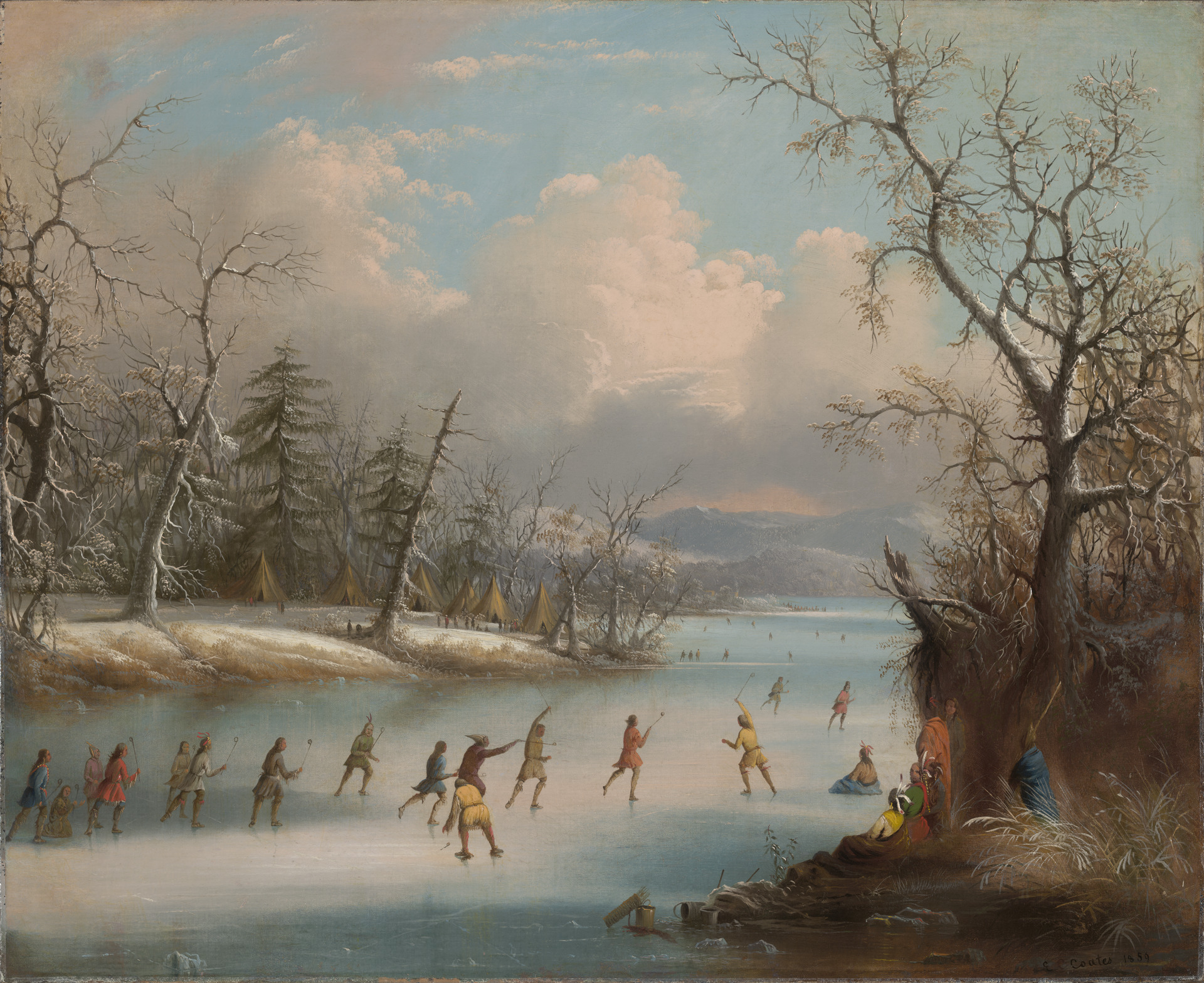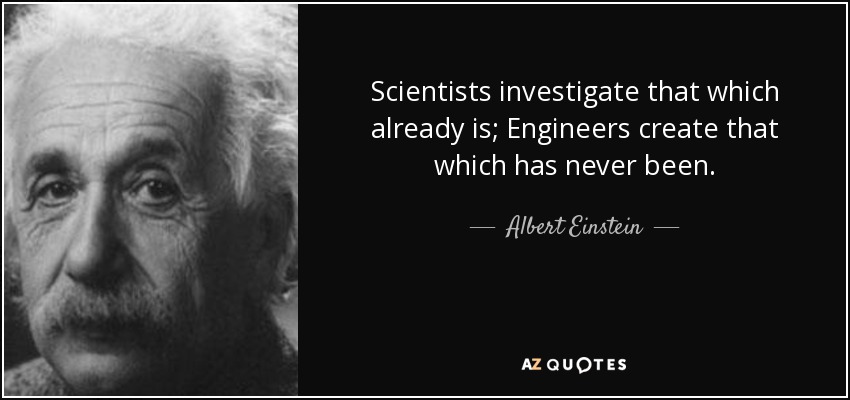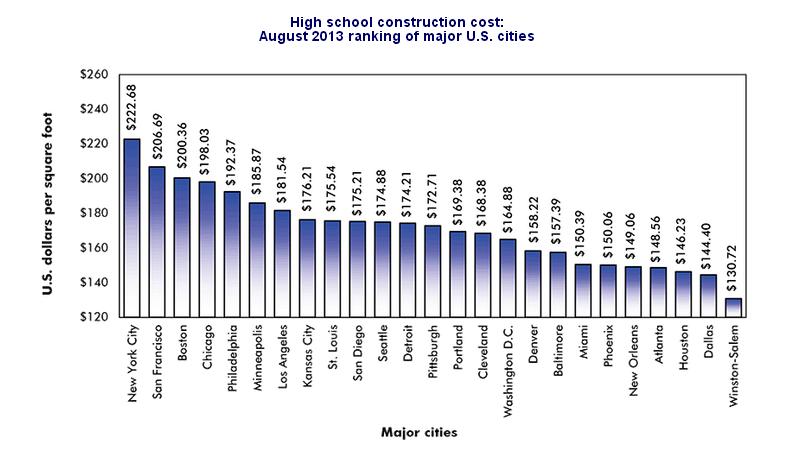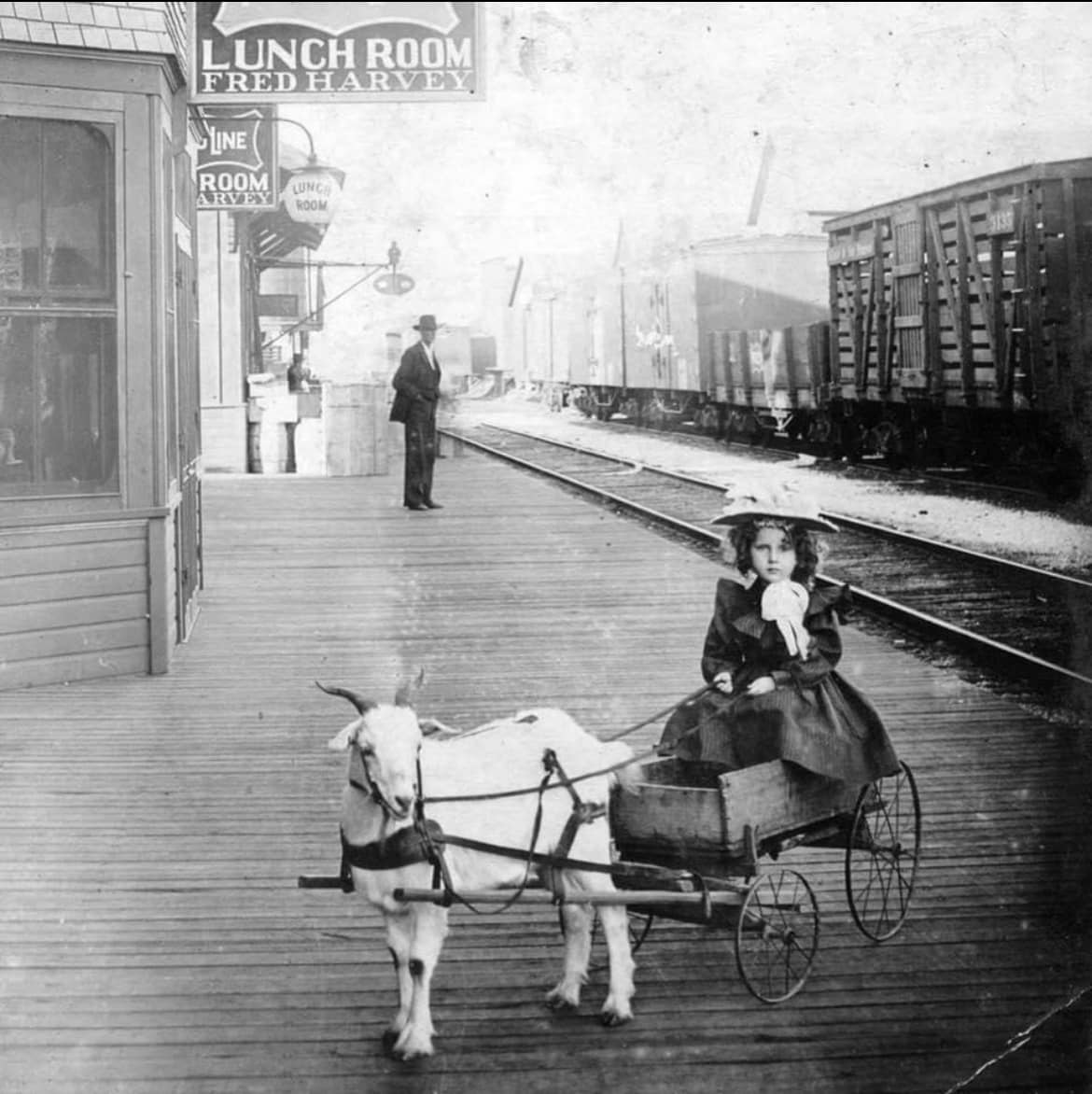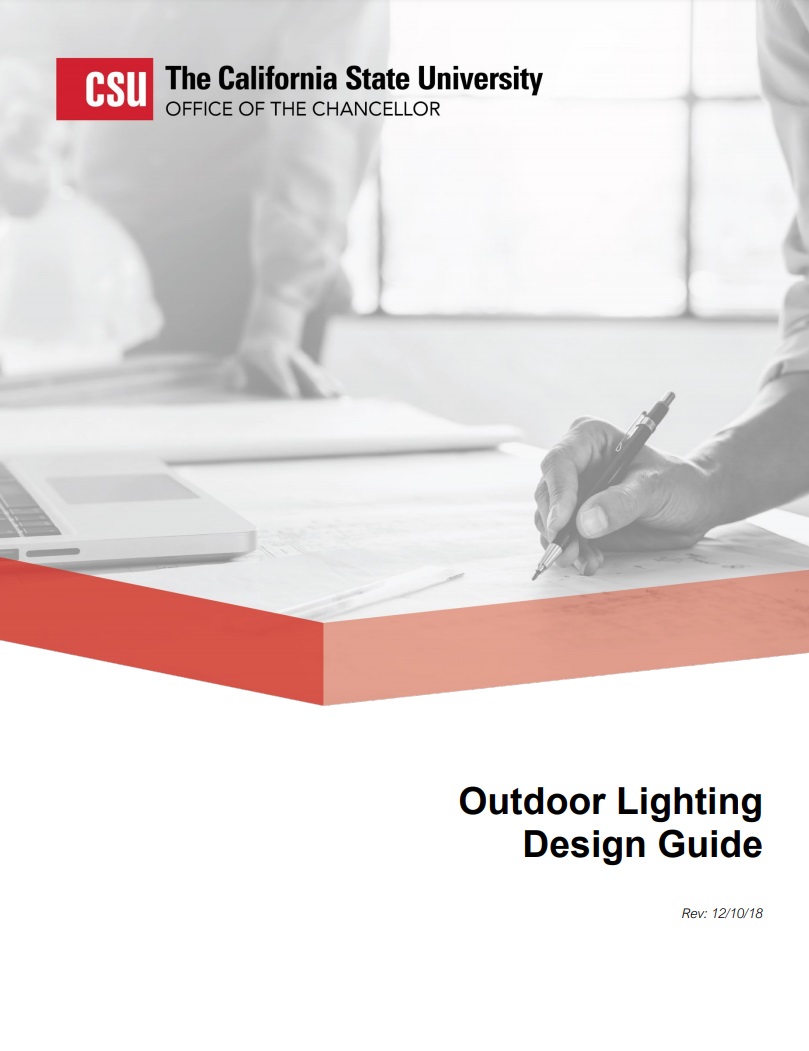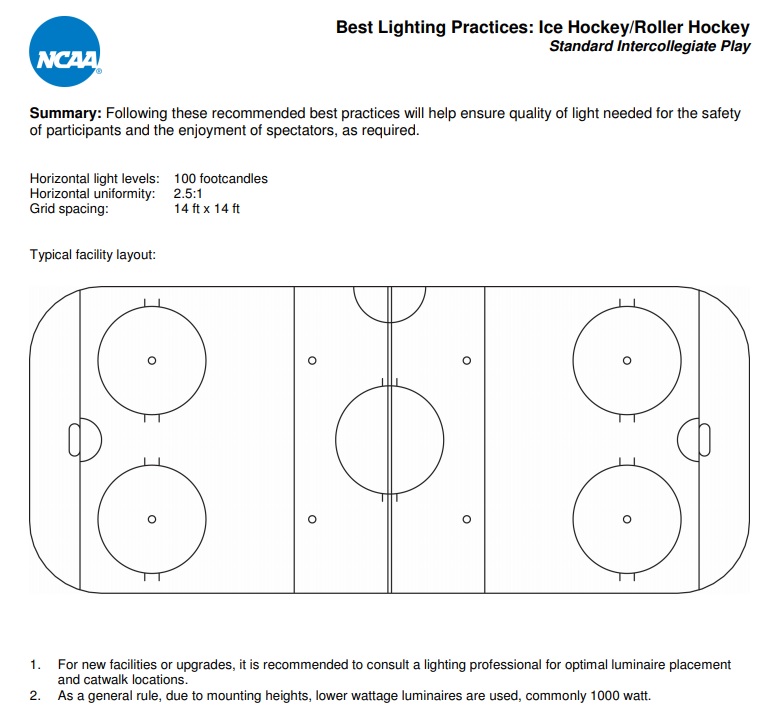Facilities Operations and Development | Office of Student Life: How to Operate a Fire Extinguisher
Tag Archives: M2
- Home
- Posts tagged "M2"

Electrical heat tracing: international harmonization-now and in the future
Electrical heat tracing: international harmonization-now and in the future
C. Sandberg
Tyco Thermal Controls
N.R. Rafferty – M. Kleinehanding – J.J. Hernandez
E.I. DuPont de Nemours & Company, Inc
Abstract: In the past, electrical heat tracing has been thought of as a minor addition to plant utilities. Today, it is recognized as a critical subsystem to be monitored and controlled. A marriage between process, mechanical, and electrical engineers must take place to ensure that optimum economic results are produced. The Internet, expert systems, and falling costs of instrumentation will all contribute to more reliable control systems and improved monitoring systems. There is a harmonization between Europe and North America that should facilitate design and installation using common components. The future holds many opportunities to optimize the design.
CLICK HERE to order complete paper
Winter Sport
The literature for designing, building and maintaining sport and recreation related spaces in education settlements cuts across so many safety and sustainability risk aggregations that, starting 2024, we begin breaking up the topic according to four seasons; mindful that not all seasons are present in all settlements at all times of the year and in different age groups.
Volleyball at the high school level in the USA is a winter sport but a fall sport at the collegiate level. Rifle and Fencing is only a collegiate sport. Swimming “short course” (25 meter) competition is a winter sport depending upon regional facilities. (e.g. University of Southern California, University of North Carolina Wilmington, University of Michigan)
Join us today when we sort through the literature and any live public consultations on proposed changes to the most frequently referenced titles.
Hockey
Figure Skating
Rifle
Recreation
Swimming
Related:
Virtual reality technology in evacuation simulation of sport stadiums
Professional Engineering Licensure
It’s the first day of #EngineersWeek 2025! Join the NAE this #Eweek2025 for a celebration of outstanding #engineering to inspire, engage and empower the next generation of engineers.
Stay connected with @theNAEng this #Eweek2025 here: https://t.co/OaxeE1t7GY pic.twitter.com/J3Pjv29uco
— National Academy of Engineering (@theNAEng) February 16, 2025
Ferris State University was awarded a $15,000 prize in the 2023 Surveying Education Award competition. Learn more about the university’s Surveying Engineering program: https://t.co/4OxbZC7gVJ pic.twitter.com/TwPnyqpAPn
— NCEES (@NCEES) November 20, 2023
Electrical Engineering License: Example Questions
Electric Machines Motors & Generators
Digital Electronics
Power Systems
Stability Analysis
Communication
Illumination
Cost Analysis and Project Economics
Mechanical Engineering License: Example Questions
Civil Engineering License: Example Questions
Tax-Free Bonds
Current Referenda | Ballotpedia
Perspective:
- The largest school bond referendum on ballots in November 2025 is the $1.4 billion package for Richardson Independent School District (ISD) in Texas.
- University of Michigan’s 2025 $2 billion general revenue bonds
- New York University’s 2025 $2.18 billion bonds through the Dormitory Authority of the State of New York
- The largest school bond referendum on ballots in November 2024 was Measure US for the Los Angeles Unified School District (LAUSD) in California, totaling $9 billion.
- In the November 2022 elections, a significant number of school bond referenda were presented to voters across the United States. For example, in Wisconsin alone, there were 57 successful capital referenda amounting to nearly $2.1 billion in authorized debt (Wisconsin Policy Forum)
- In Texas, Central Texas schools had a total of $4.24 billion in bonds on the ballot, covering various propositions for school facilities, technology improvements, and athletic facilities (Fox 7 Austin)
- In California and Arkansas, bond measures totaling $74 million — including school choice — were aimed at addressing school facility improvements (The74Million)
- Voters in 16 North Carolina counties approved bond issues totaling $4.27 billion, with $3.08 billion dedicated to K-12 public school construction and improvements (EducationNC)
“The cure for high prices, is high prices” — They say.
Today we explore fiscal runaway in the US education “industry” with particular interest in the financing instruments for building the real assets that are the beating heart of culture in neighborhoods, cities, counties and states. We steer clear of social and political issues. The marketing of these projects — and how the loans are paid off — provides insight into the costs and benefits of this $100+ billion industry; the largest non-residential building construction market in the United States.
We cannot do much to stop the hyperbolically rising cost of administrative functionaries but we can force the incumbents we describe in our ABOUT to work a little harder to reduce un-used (or un-useable) space and reduce maintenance cost. Sometimes simple questions result in obvious answers that result in significant savings.
More recently hybrid teaching and learning space, owing the the circumstances of the pandemic, opens new possibilities for placing downward pressure on cost.
Regulation or Money-Laundering?
After Architect-Engineers and Building Construction Contractors (many of whom finance election advocacy enterprises) the following organizations are involved in placing a bond on the open market:
- School Districts: Individual school districts issue bonds to fund construction or renovation of school facilities, purchase equipment, or cover other educational expenses. Each school district is responsible for managing its own bond issuances.
- Colleges and Universities: Higher education institutions, such as universities and colleges, issue bonds to finance campus expansions, construction of new academic buildings, dormitories, research facilities, and other capital projects.
- State-Level Agencies: Many states have agencies responsible for overseeing and coordinating bond issuances for schools and universities. These agencies may facilitate bond sales, help ensure compliance with state regulations, and provide financial assistance to educational institutions.
- Municipal Finance Authorities: Municipal finance authorities at the state or local level often play a role in facilitating bond transactions for educational entities. They may act as intermediaries in the bond issuance process.
- Investment Banks and Underwriters: Investment banks and underwriters assist educational institutions in structuring and selling their bonds to investors. They help determine bond terms, market the bonds, and manage the offering.
- Bond Counsel: Bond counsel, typically law firms, provide legal advice to educational institutions on bond issuances. They help ensure that the bond issuance complies with all legal requirements and regulations.
- Rating Agencies: Rating agencies, such as Moody’s, Standard & Poor’s, and Fitch Ratings, assess the creditworthiness of the bonds and assign credit ratings. These ratings influence the interest rates at which the bonds can be issued.
- Investors: Various institutional and individual investors, including mutual funds, pension funds, and individual bond buyers, purchase school and university bonds as part of their investment portfolios.
- Financial Advisors: Financial advisory firms provide guidance to educational institutions on bond issuances, helping them make informed financial decisions related to borrowing and debt management.
- Regulatory Authorities: Federal and state regulatory authorities, such as the U.S. Securities and Exchange Commission (SEC) and state-specific agencies, oversee and regulate the issuance of bonds to ensure compliance with securities laws and financial regulations.
These organizations collectively contribute to the process of issuing, selling, and managing school and university bonds in the United States, allowing educational institutions to raise the necessary funds for their capital projects and operations. The specific entities involved may vary depending on the size and location of the educational institution and the nature of the bond issuance.
Bond issuances affect local property values.
Capra hircus
Goat farming is an important source of livelihood for many small-scale farmers in developing countries, particularly in regions such as sub-Saharan Africa and South Asia. The FAO estimates that more than 90% of the world’s goats are raised in developing countries, where they provide a critical source of food and income for rural communities.
Overall, the global goat farming industry continues to grow, driven by increasing demand for goat meat and milk products, as well as the potential for sustainable agriculture practices.
Advantages:
Low start-up costs: Goat farming requires relatively low start-up costs compared to other types of agriculture. Goats are small animals that do not require much space, and they can be raised in a variety of environments, from small backyard farms to large commercial operations.
High productivity: Goats are known for their high reproductive rate, which allows farmers to increase their herd size quickly. They are also efficient at converting food into milk and meat, making them a profitable investment for farmers.
Multiple uses: Goats can be raised for meat, milk, and fiber, making them a versatile livestock option. Additionally, their manure can be used as fertilizer, and they can be used for weed control on farms and other properties.
Sustainable farming: Goat farming can be a sustainable agricultural practice, as goats do not require large amounts of feed or water, and they can be raised on marginal lands that are unsuitable for other types of agriculture.
Disadvantages:
Predation: Goats are vulnerable to predation by coyotes, dogs, and other predators, which can be a significant problem for farmers, especially in rural areas.
Disease susceptibility: Goats are susceptible to a variety of diseases, some of which can be difficult to diagnose and treat. Additionally, some diseases can be transmitted to humans, making it important for farmers to take precautions when handling their animals.
Market volatility: The demand for goat products can be volatile, and prices can fluctuate significantly based on supply and demand. This can make it challenging for farmers to predict their income and manage their finances.
Labor intensive: Goat farming can be labor-intensive, especially during kidding and milking seasons. This can make it difficult for farmers to manage their workload, especially if they have a large herd.
When you don’t have children or a significant other so get graduation photos done with your study subjects & absolute best pals ❤️
I despise having my photo taken & almost cancelled but decided I should suck it… although ended up in my dungarees for my favourite ones 😂 pic.twitter.com/0c6ZOBDEHI
— Dr Holly Vickery (@SkylarkHolly) July 25, 2024
Hi followers! It’s time to update my pinned tweet as I’ve finished my PhD at Reading in goat kid behaviour and welfare and…
I’m now a *permanent* lecturer at Harper Adams university!
Here I love to love to talk all things science, animals, crafts and smallholding life ☺️ pic.twitter.com/J9xQlLVgTi— Holly Vickery PhD (@SkylarkHolly) April 28, 2024
The “Sugaring” Season
Vermont is the largest producer of maple syrup in the United States, and the maple syrup industry is an important part of the state’s economy and culture. Vermont maple syrup is renowned for its high quality and distinctive flavor, and many people around the world seek out Vermont maple syrup specifically.
The maple syrup industry in Vermont is primarily made up of small-scale family farms, where maple sap is collected from sugar maple trees in early spring using a process called “sugaring.” The sap is then boiled down to produce pure maple syrup, which is graded according to its color and flavor. Vermont maple syrup is graded on a scale from Grade A (lighter in color and milder in flavor) to Grade B (darker in color and more robust in flavor).
The Vermont maple syrup industry is heavily regulated to ensure quality and safety, and the state has strict standards for labeling and grading maple syrup. In addition to pure maple syrup, many Vermont maple producers also make maple candy, maple cream, and other maple products.
University of Vermont Facilities Management
Ice Hockey Arena Lighting
National Collegiate Athletic Association: August 2022 IRS Form 900 Tax Filing
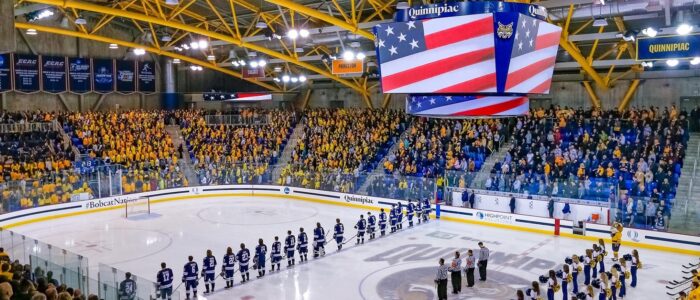

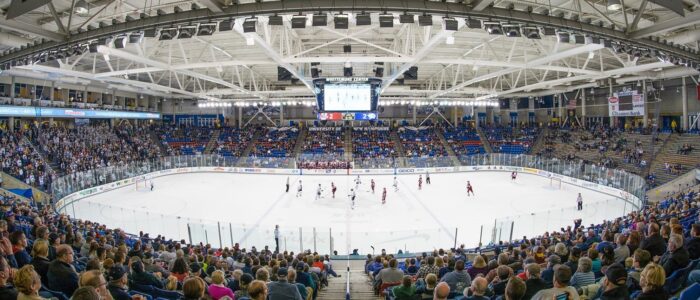
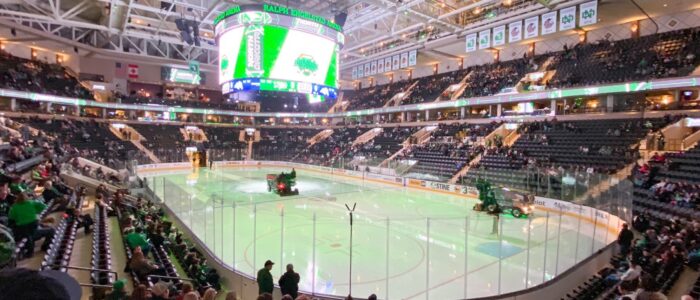
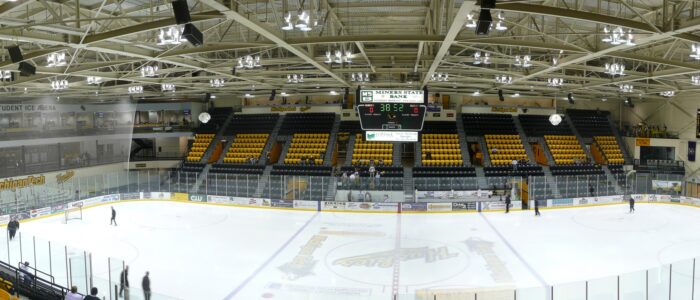
After athletic arena life safety obligations are met (governed legally by NFPA 70, NFPA 101, NFPA 110, the International Building Code and possibly other state adaptations of those consensus documents incorporated by reference into public safety law) business objective standards may come into play.For almost all athletic facilities, the consensus documents of the Illumination Engineering Society[1], the Institute of Electrical and Electronic Engineers[2][3] provide the first principles for life safety. For business purposes, the documents distributed by the National Collegiate Athletic Association inform the standard of care for individual athletic arenas so that swiftly moving media production companies have some consistency in power sources and illumination as they move from site to site. Sometimes concepts to meet both life safety and business objectives merge.
During hockey season the document linked below provides information to illumination designers and facility managers:
Athletic programs are a significant source of revenue and form a large part of the foundation of the brand identity of most educational institutions in the United States. We focus primarily upon the technology standards that govern the safety, performance and sustainability of these enterprises. We collaborate very closely with the IEEE Education & Healthcare Facilities Committee where subject matter experts in electrical power systems meet 4 times each month in the Americas and Europe.
See our CALENDAR for our next colloquium on Sport facility codes and standards. We typically walk through the safety and sustainability concepts in play; identify commenting opportunities; and find user-interest “champions” on the technical committees who have a similar goal in lowering #TotalCostofOwnership.





Issue: [15-138]*
Category: Electrical, Architectural, Arts & Entertainment Facilities, Athletics
Colleagues: Mike Anthony, Jim Harvey, Jack Janveja, Jose Meijer, Scott Gibbs
LEARN MORE:
[1] Illumination Engineering Handbook
[2] IEEE 3001.9 Recommended Practice for Design of Power Systems for Supplying Lighting Systems for Commercial & Industrial Facilities
[3] IEEE 3006.1 Power System Reliability
* Issue numbering before 2016 dates back to the original University of Michigan codes and standards advocacy enterprise
Electric Power Availability: Cold Weather Preparedness
PUBLIC LAW 109–58—AUG. 8, 2005 | ENERGY POLICY ACT OF 2005
January 25th Joint Meeting of the Nuclear Regulatory Commission and FERC: Docket No. AD06-6-000. Given the close coupling of electric and natural gas supply with respect to power reliability, the mind boggles at the hostility of the Biden Administration to natural gas anywhere on earth. Natural gas is critical to generation plant black start capabilities and hospitals, among others.
A selection of the presentations:
“Long Term Reliability Assessment” – Presented by Mark Lauby, Senior Vice President and Chief Engineer, NERC
“Grid Reliability Overview & Updates” – Presented by David Ortiz, Director of the Office of Electric Reliability
“Status of Standards and Implementation for Cold Weather Preparedness and Applicability to Nuclear Plants” – Presented by David Huff, Electrical Engineer, Office of Electric Reliability
“Gas-Electric Coordination Since Winter Storm Uri” – Presented by Heather Polzin, Reliability Enforcement Counsel, Office of Enforcement
“Overview of Power Reactor Activities” – Presented by Andrea Kock, Deputy Office Director for Engineering, NRR
“Grid Reliability Updates” – Presented by Jason Paige, Chief, Long-Term Operations and Modernization Branch, Division of Engineering and External Hazards, NRR
Related:
Utah State University: History of Probability
Sample Probability and Statistics Problem from Professional Electrical Engineer’s Examination
New update alert! The 2022 update to the Trademark Assignment Dataset is now available online. Find 1.29 million trademark assignments, involving 2.28 million unique trademark properties issued by the USPTO between March 1952 and January 2023: https://t.co/njrDAbSpwB pic.twitter.com/GkAXrHoQ9T
— USPTO (@uspto) July 13, 2023
Standards Michigan Group, LLC
2723 South State Street | Suite 150
Ann Arbor, MI 48104 USA
888-746-3670


